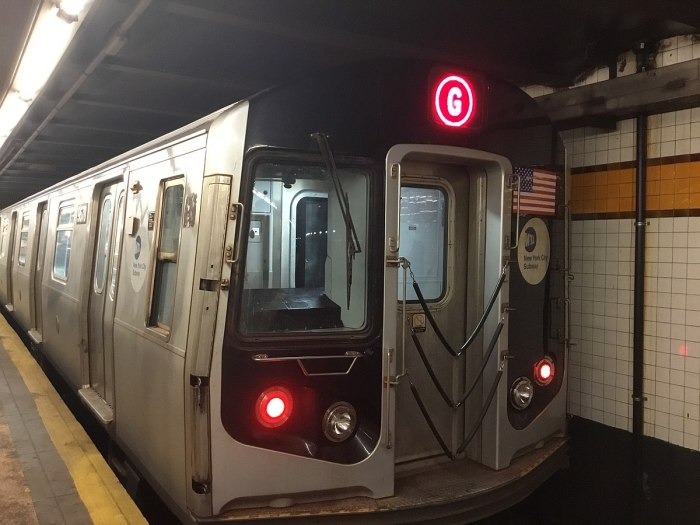
‘I said, ‘We’re gonna get killed,’ ” former construction worker Marc Proferes said as he remembered the day 20 years ago when he fought with the foreman at a worksite in Queens about a flimsy scaffolding. Then he reluctantly stepped onto it.
“Next thing I know, crack, I’m falling,” Proferes, now 51, recalled last week. He suffered a serious back injury that he says still afflicts him.
Still, Proferes is lucky. In 2016, 31 NYC construction workers were killed on the job. In NYC, construction workers represent 5 percent of the workforce, but make up 27 percent of work-related fatalities. The rates of both injury and death in the industry have risen steadily since 2012 (these are rates, not numbers, so they can’t be attributed to the construction boom).
The state’s scaffold safety law — among other work-safety rules — exists to protect construction workers, holding employers liable for on-the-job deaths or injuries if a worksite is not safe.
The law is opposed by a coalition of business interests, including local chambers of commerce, real estate, construction and insurance companies. Opponents have argued that the state law, first passed in some form in 1885, imposes an unfair burden on businesses, taxpayers and homeowners.
Don’t believe it. Business interests always bring up the law’s late 19th century origins to dismiss it as outdated. In fact, before such health and safety regulations were introduced, workplaces were horrifyingly dangerous.
In building the Brooklyn Bridge, completed two years before the safety law was passed, 27 workers died and many more suffered lifelong injuries.
We don’t want to go back to the 19th century. Without strong liability for employers, even more workers would die.
The City Council recently passed a measure requiring employers to pay for 40 hours of safety training for workers. The business community’s continuing fight against those changes and the scaffold law should be seen in that context: Worker safety advocates have won a victory and employers are fighting back.
We should guard against any efforts to change the law. As Proferes says, “Our guys have to be protected.”
Liza Featherstone lives and writes in Clinton Hill.






























